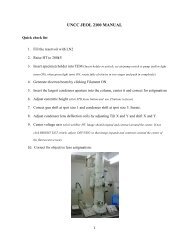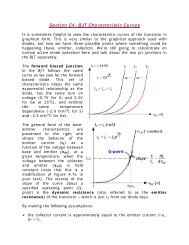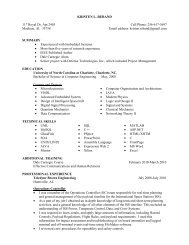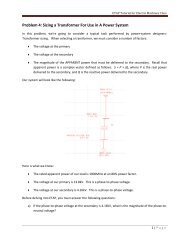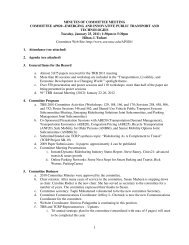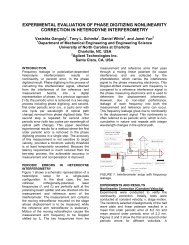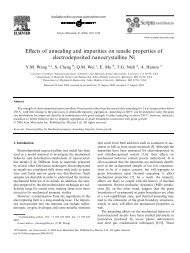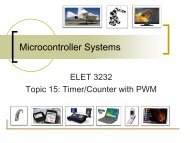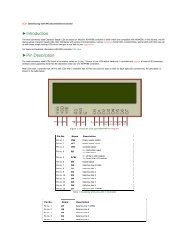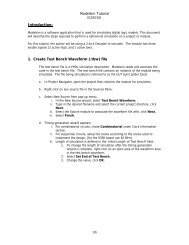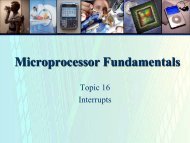Winding Capacitance and Leakage Inductance
Winding Capacitance and Leakage Inductance
Winding Capacitance and Leakage Inductance
Create successful ePaper yourself
Turn your PDF publications into a flip-book with our unique Google optimized e-Paper software.
The best way to minimize the leakage inductance, <strong>and</strong> to have a balanced dc resistance in a push-pull or<br />
center-tapped winding, is to wind bifilar. Bifilar windings will drastically reduce leakage inductance. This<br />
condition also exists on the secondary, when the secondary is a full-wave, center-tapped circuit. A bifilar<br />
winding is a pair of insulated wires, wound simultaneously <strong>and</strong> contiguously, (i.e., close enough to touch<br />
each other); Warning: do not use bifilar wire or the capacitance will go out of sight. Each wire constitutes a<br />
winding; their proximity reduces leakage inductance by several orders of magnitude, more than ordinary<br />
interleaving. This arrangement can be applied to the primary, to the secondary, or, it can be applied to the<br />
primary <strong>and</strong> secondary together. This arrangement will provide the minimum leakage inductance.<br />
<strong>Winding</strong> <strong>Capacitance</strong><br />
Operating at high frequency presents unique problems in the design of transformers to minimize the effect<br />
of winding capacitance. Transformer winding capacitance is detrimental in three ways: (1) winding<br />
capacitance can drive the transformer into premature resonance; (2) winding capacitance can produce large<br />
primary current spikes when operating from a square wave source, (3) winding capacitance can produce<br />
electrostatic coupling to other circuits.<br />
When a transformer is operating, different voltage gradients arise almost everywhere. These voltage<br />
gradients are caused by a large variety of capacitance throughout the transformer, due to the turns <strong>and</strong> how<br />
they are placed throughout the transformer. When designing high frequency converters, there are several<br />
factors that have a control over the turns: (1) the operating flux density or core loss; (2) the operating<br />
voltage levels in the primary <strong>and</strong> secondary; (3) the primary inductance.<br />
Keeping turns to a minimum will keep the capacitance to a minimum. This capacitance can be separated<br />
into four categories: (1) capacitance between turns; (2) capacitance between layers; (3) capacitance<br />
between windings; <strong>and</strong> (4) stray capacitance. The net effect of the capacitance is normally seen by the<br />
lumped capacitance, Cp, on the primary, as shown in Figure 17-1. The lumped capacitance is very difficult<br />
to calculate by itself. It is much easier to measure the primary inductance <strong>and</strong> the resonant frequency of the<br />
transformer or inductor, as shown in Figure 17-11. Then, calculate the capacitance using Equation [17-7].<br />
The test circuit, in Figure 17-11 functions as follows: The input voltage, VI, is held constant while<br />
monitoring the voltage, V2, sweep through the frequency with the power oscillator. When the voltage, V2,<br />
rises to a peak, <strong>and</strong> starts to decay at this peak voltage, the transformer or inductor is in resonance. At this<br />
point the phase angle is also 0 degrees at resonance when looking at both the curves of VI <strong>and</strong> V2.<br />
Copyright © 2004 by Marcel Dekker, Inc. All Rights Reserved.<br />
Ca = —~ = ———, [farads] [17-7]<br />
' '




